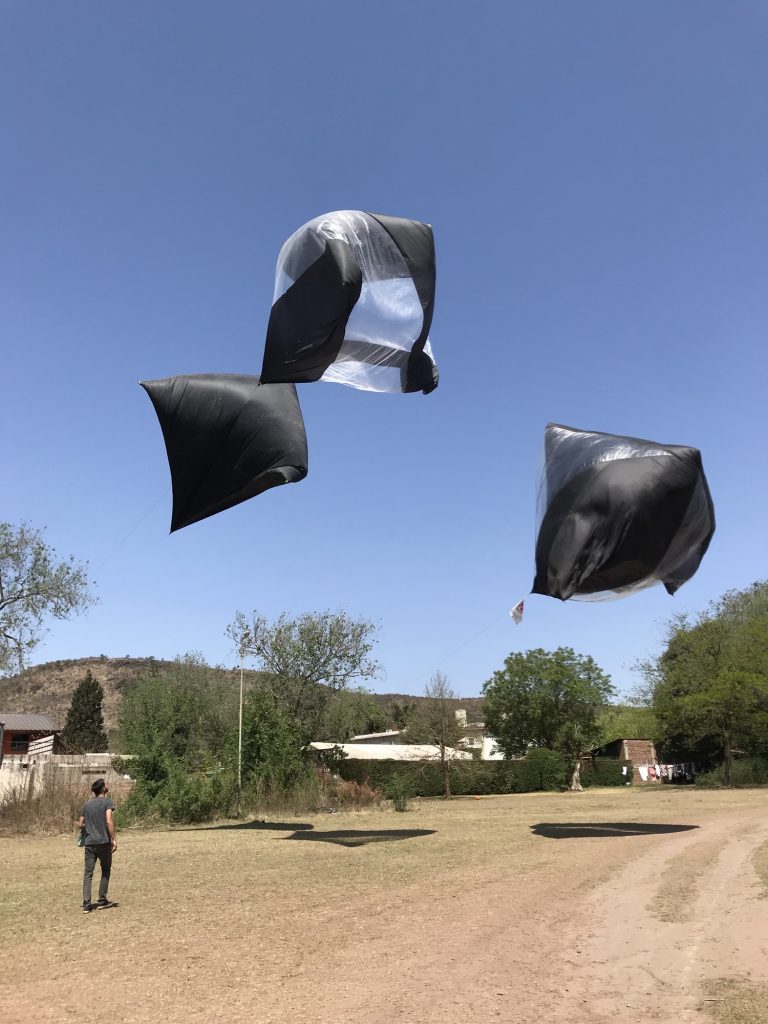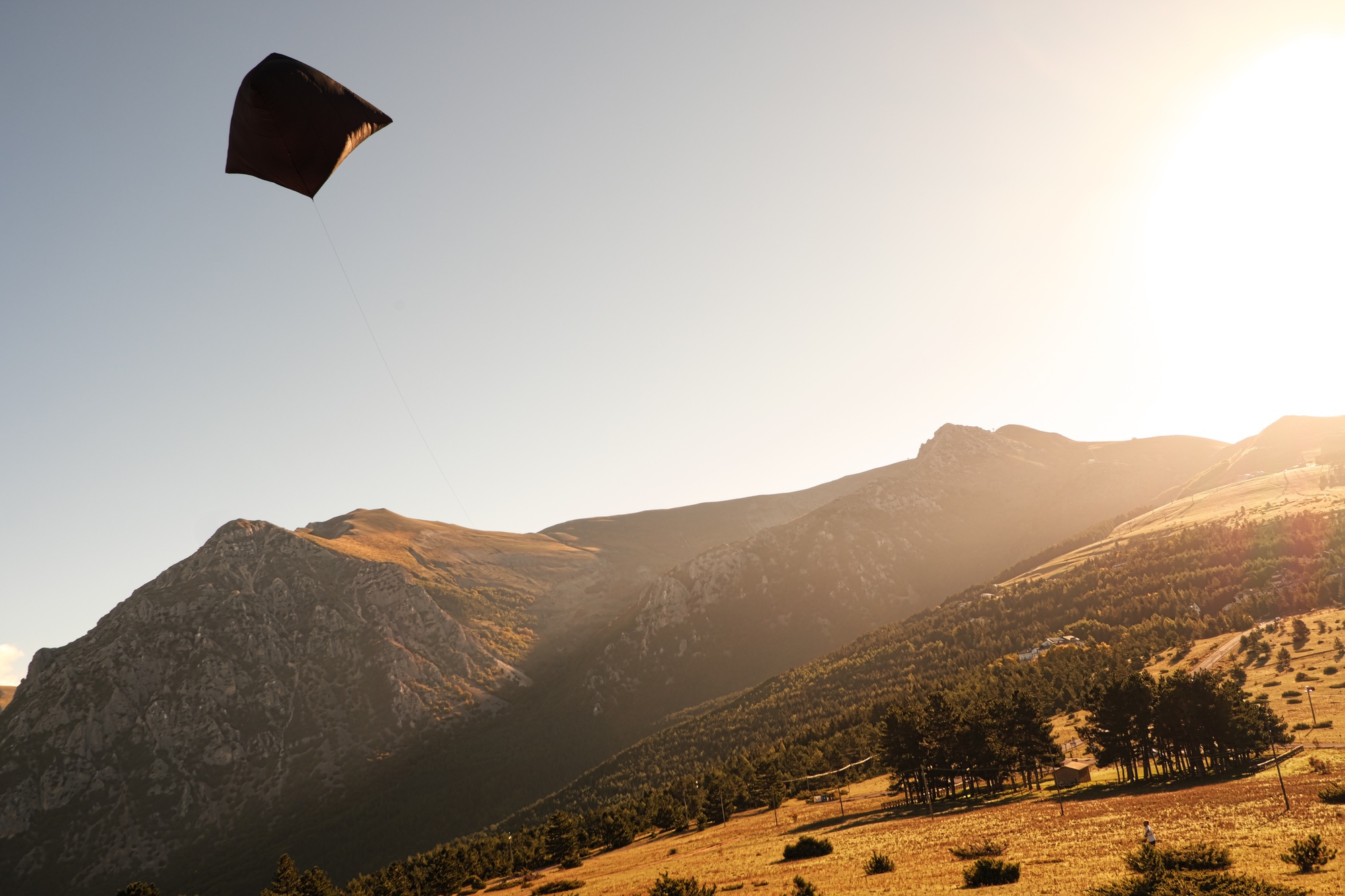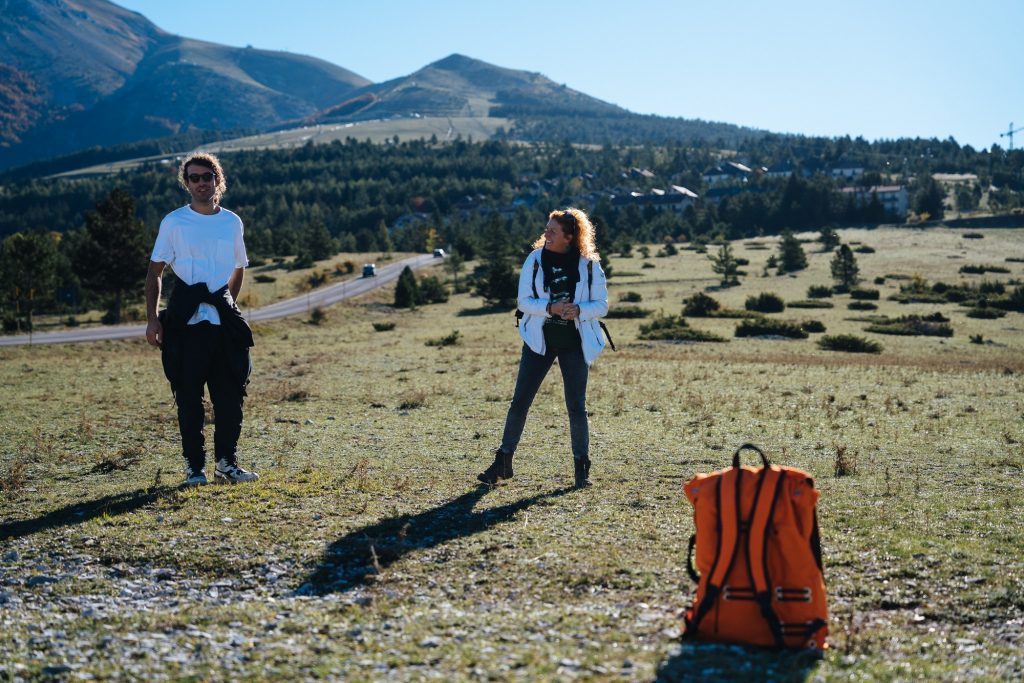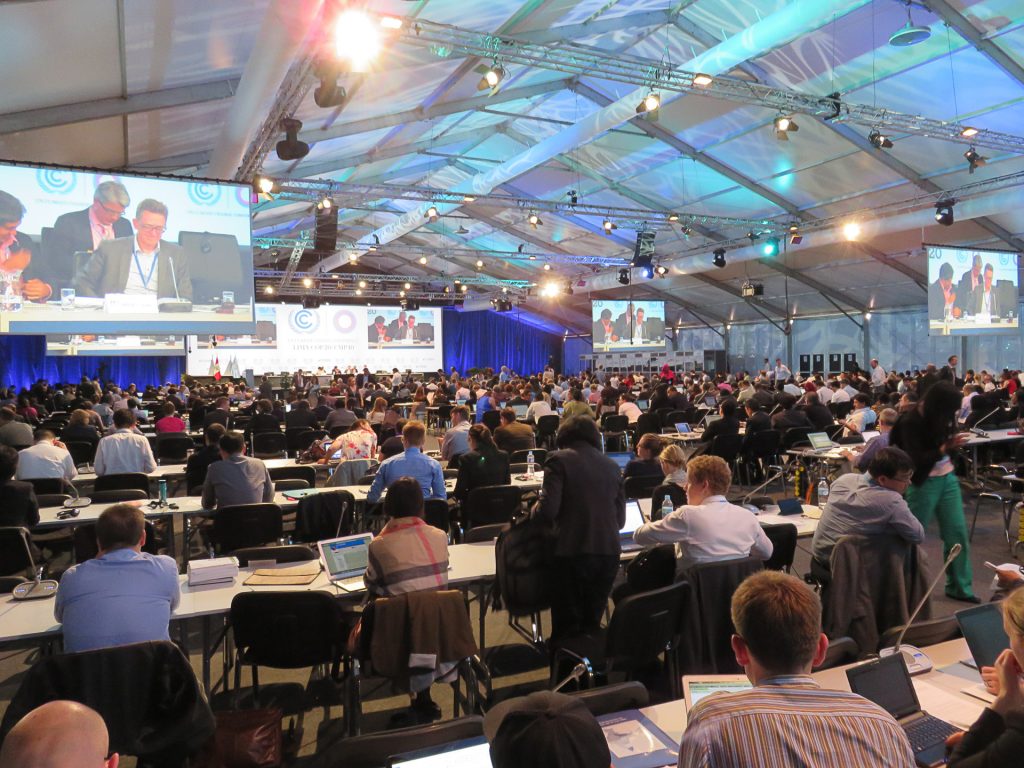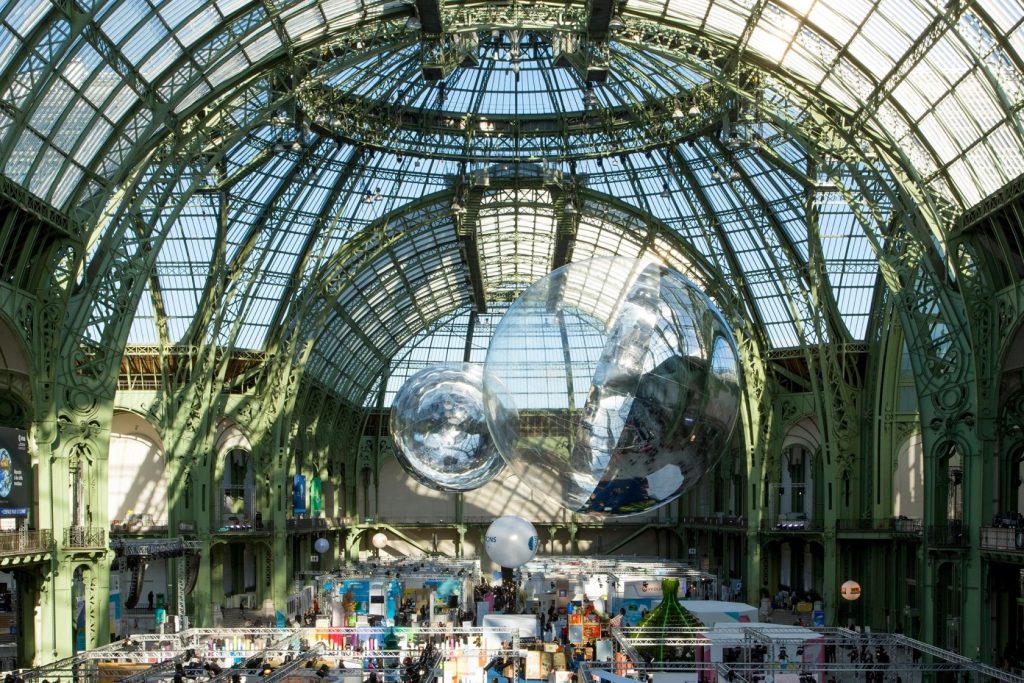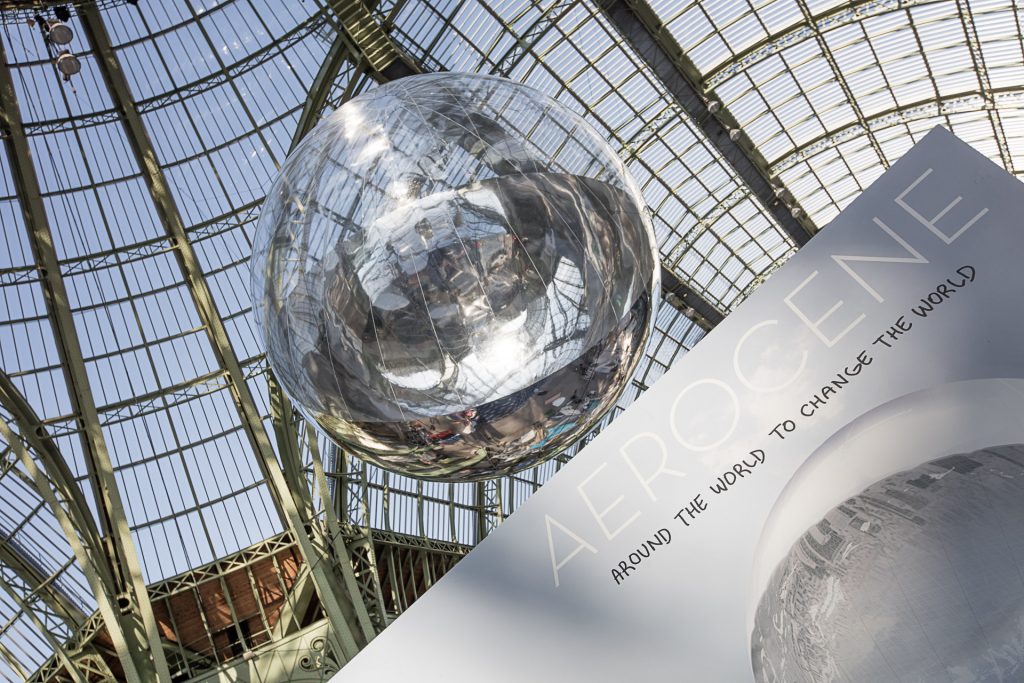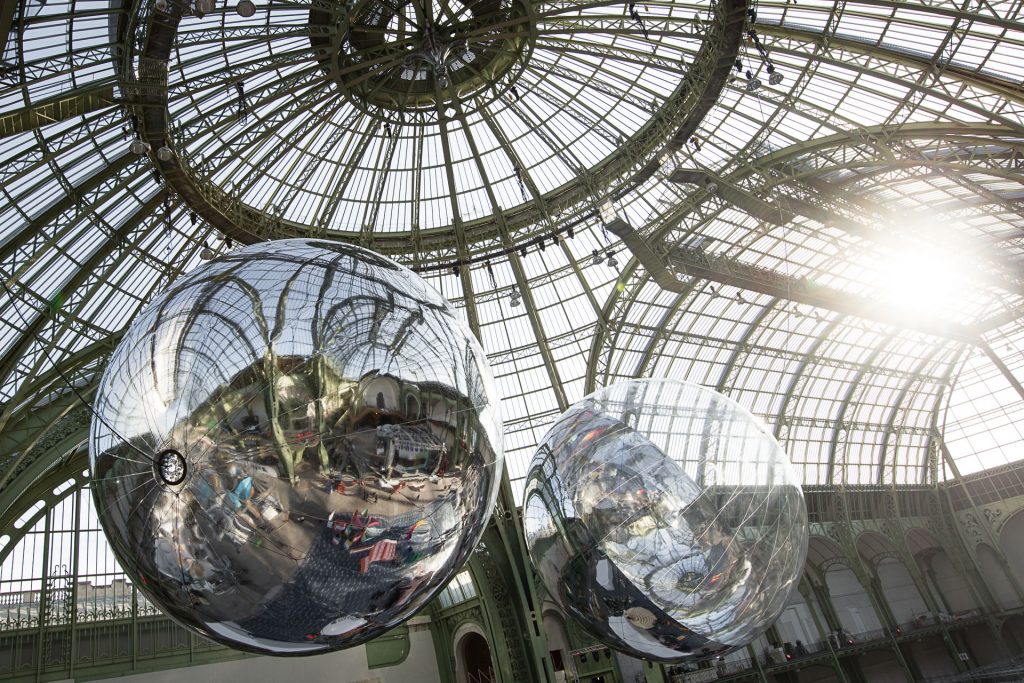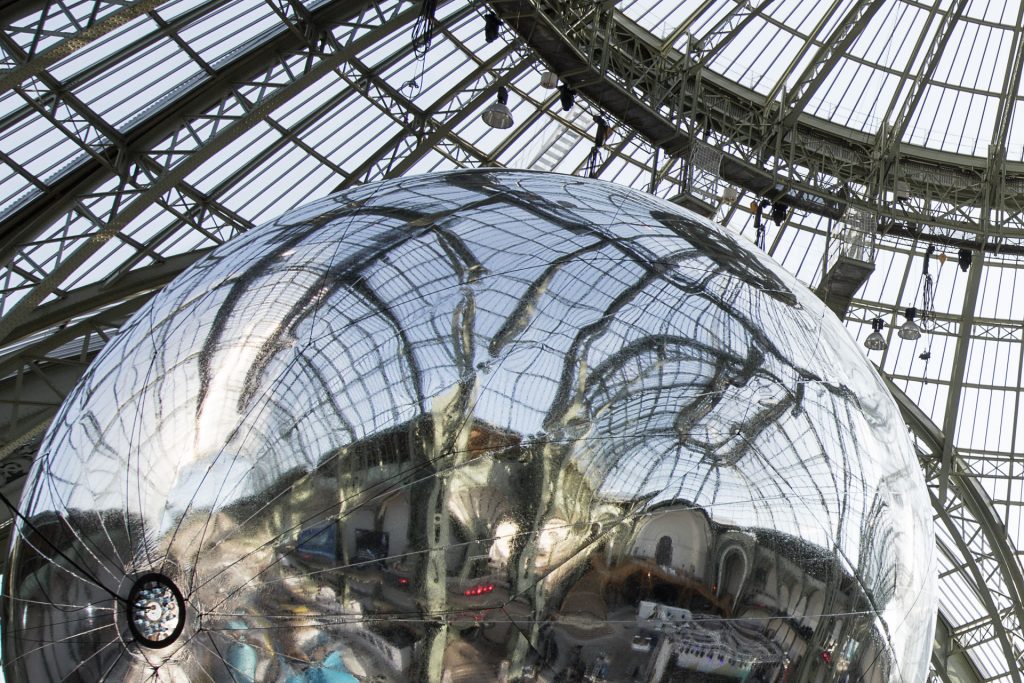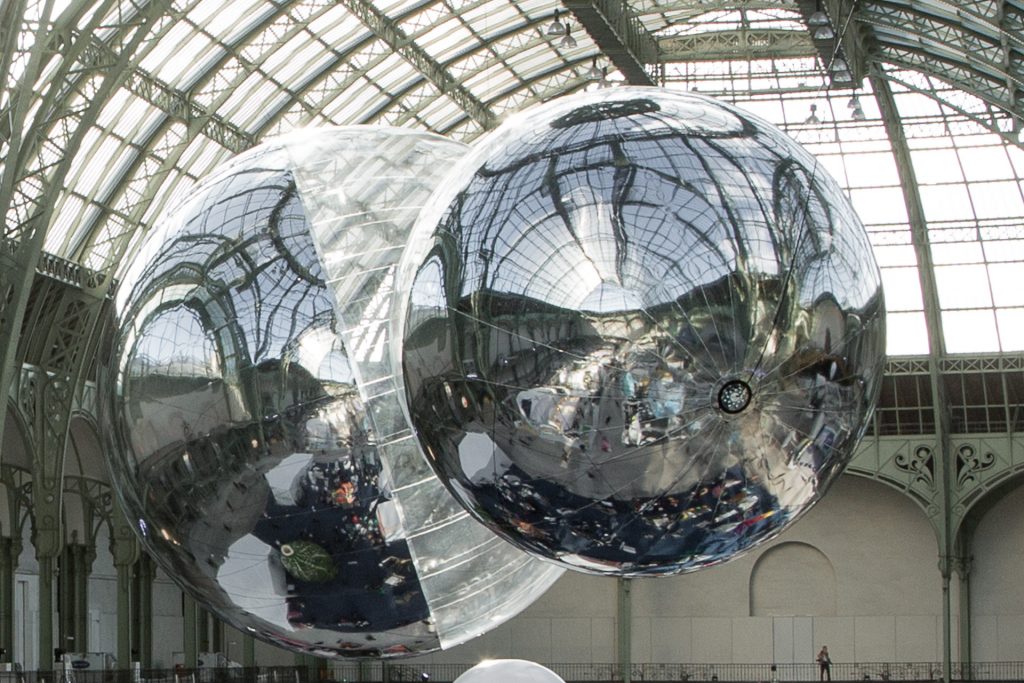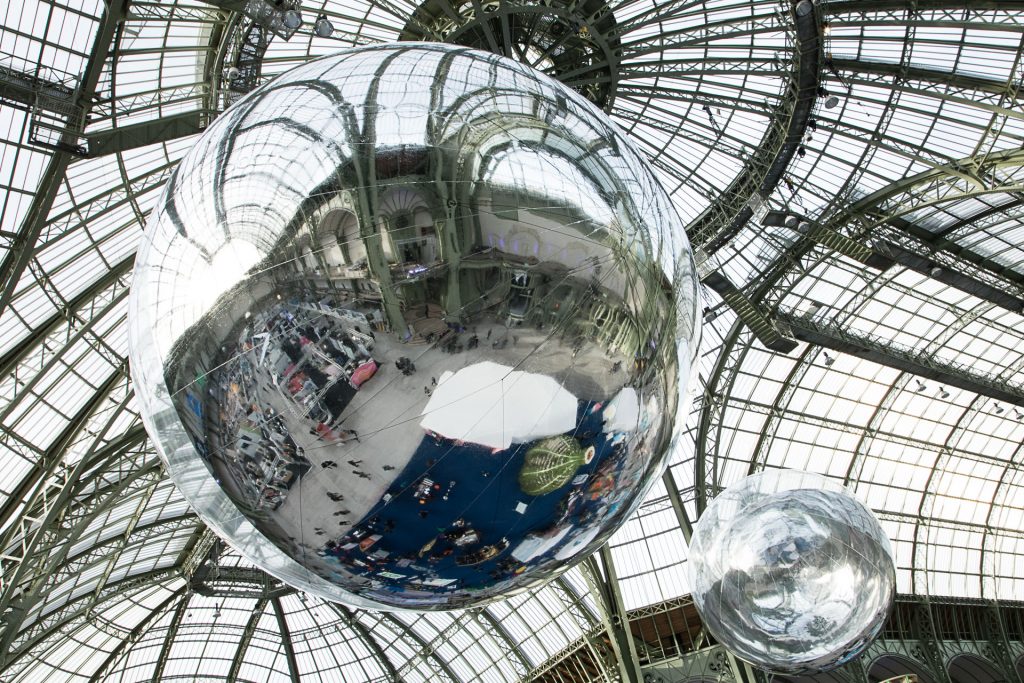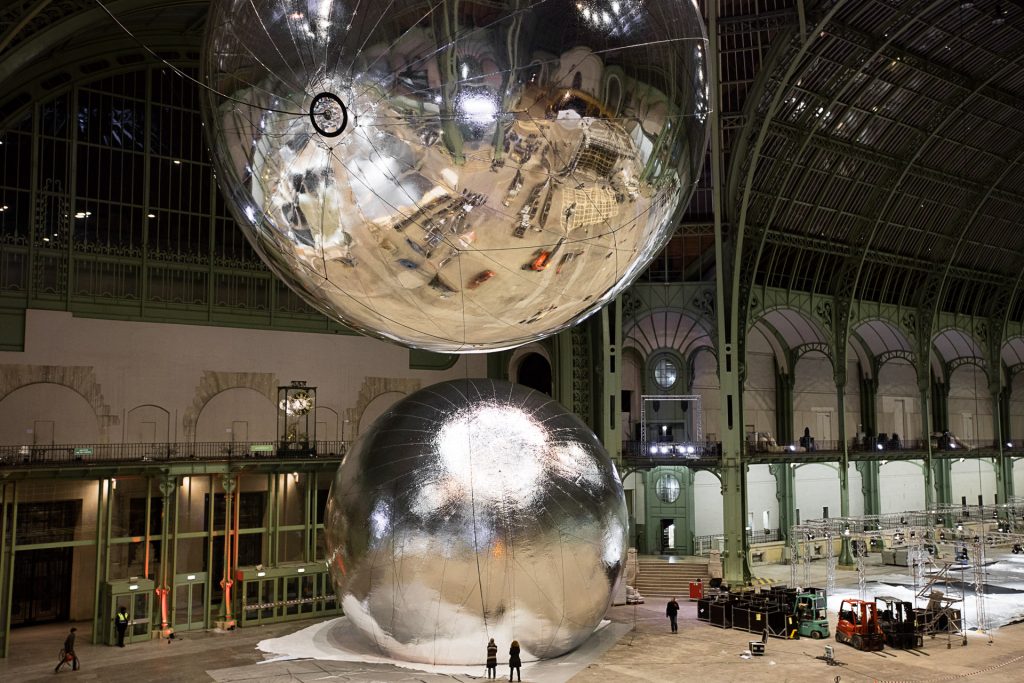Durante el fin de semana del 15 y 16 de octubre, la comunidad de Aerocene participa del Encuentro Ambiental del Villa del Dique 2022, organizado por la Asamblea Salvemos el Cerro de Villa del Dique.
Dialogamos con Gabriel Marco, uno de los realizadores del Encuentro Ambiental: “En Villa del Dique, en el corazón del valle de Calamuchita, una empresa constructora -GNI @gni.desarrollos- se apropió del camino público y de las costas del lago para un desarrollo inmobiliario. Para eso abrió un camino de forma totalmente irregular destruyendo el bosque de monte nativo sin ninguna evaluación de impacto ambiental.”
La Asamblea de vecinos “Salvemos al Cerro de Villa del dique” se encuentra en pie de lucha y alerta ambiental frente a la devastadora acción de la mega desarrollista GNI SA, la cual se apropió irregularmente de las costas del lago del pueblo para construir viviendas de lujo con puerto privado para comercializar.
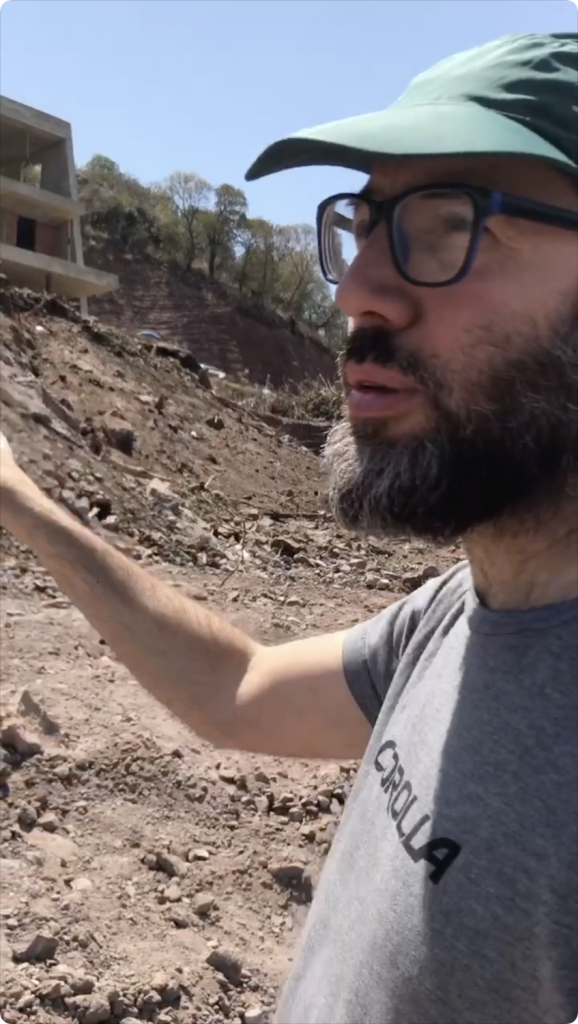


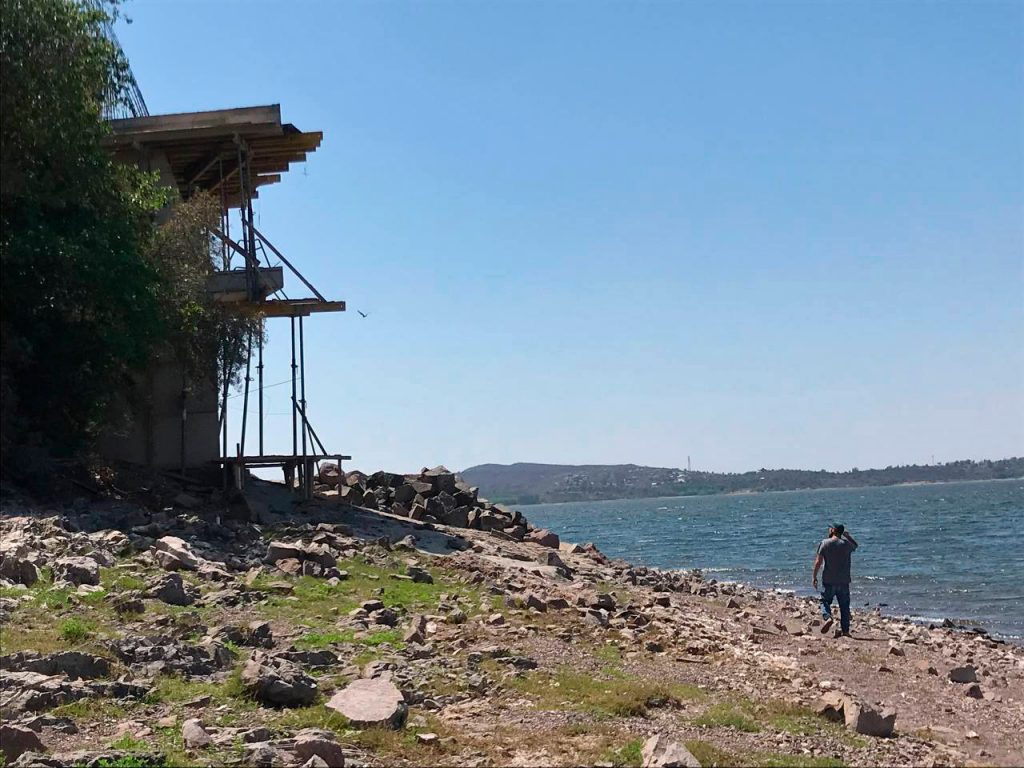

La comunidad de Aerocene participó del encuentro volando tres esculturas aerosolares, a las que se les colgaron banderas en apoyo la causa del Cerro de Villa del Dique. Los vuelos se dieron con excelentes condiciones atmosféricas y fueron disfrutados por decenas de familias que visitaron el Encuentro Ambiental.
Al día siguiente, los integrantes de la Comunidad Aerocene arribaron al territorio con la intención de realizar un vuelo aerosolar manifestándose en contra de la destrucción del Cerro de la Cruz, pero la empresa de seguridad privada de la constructora GNI SA les impidió el acceso tanto por el camino como por las costas, argumentando que se trataba de propiedad privada.
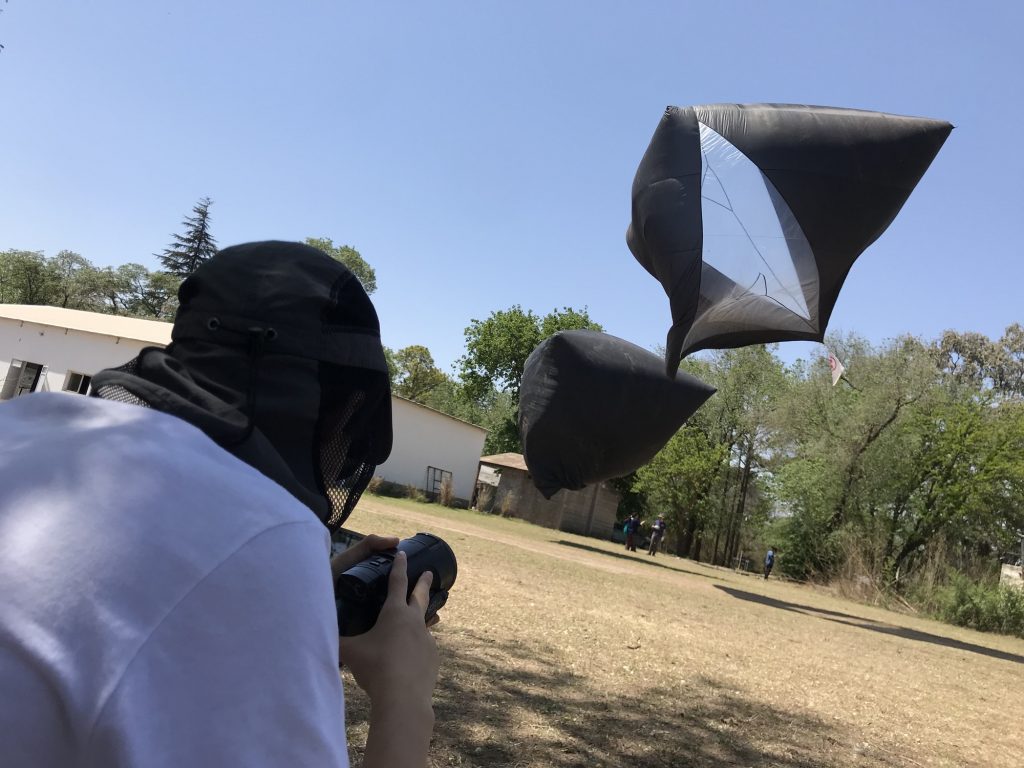


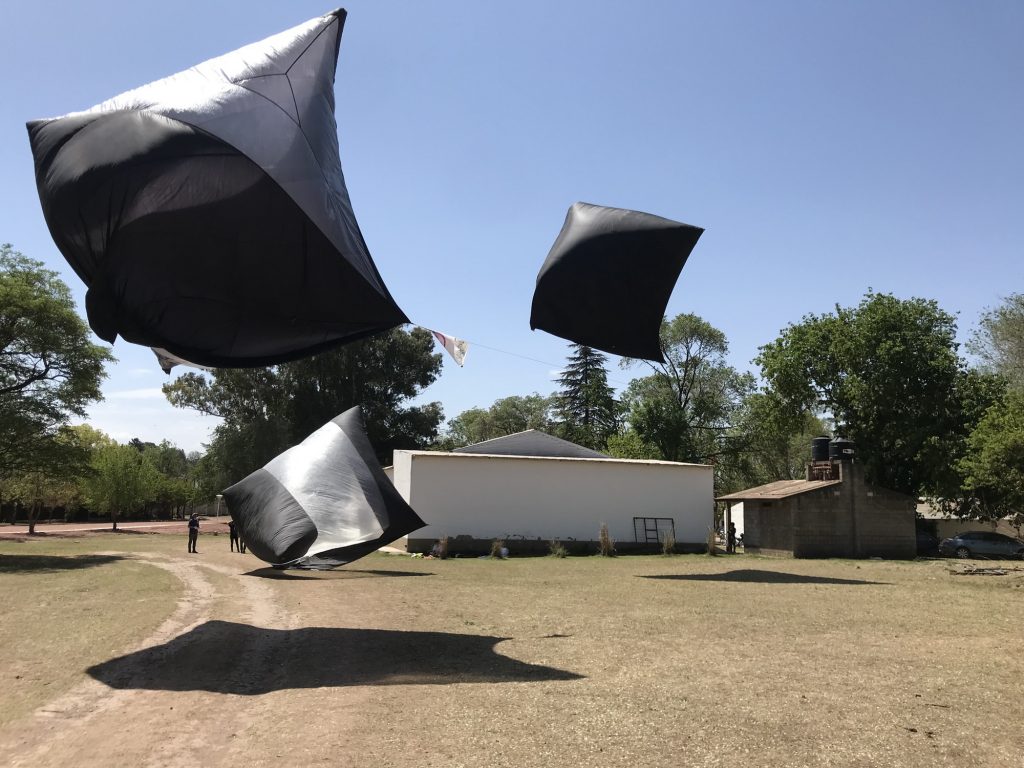

Invitamos a reflexionar: justifica un negocio inmobiliario semejante daño al entorno natural y patrimonio turístico de tan hermoso lugar?
https://www.change.org/p/fuera-gni-de-villa-del-dique-devuelvan-el-camino-del-cerro-y-las-costas-del-lago-reserva-forestal-ya-salvemos-al-cerro-de-villa-del-dique-jschiaretti-jc-scotto-mvmuccillo-gnidesarrollos

